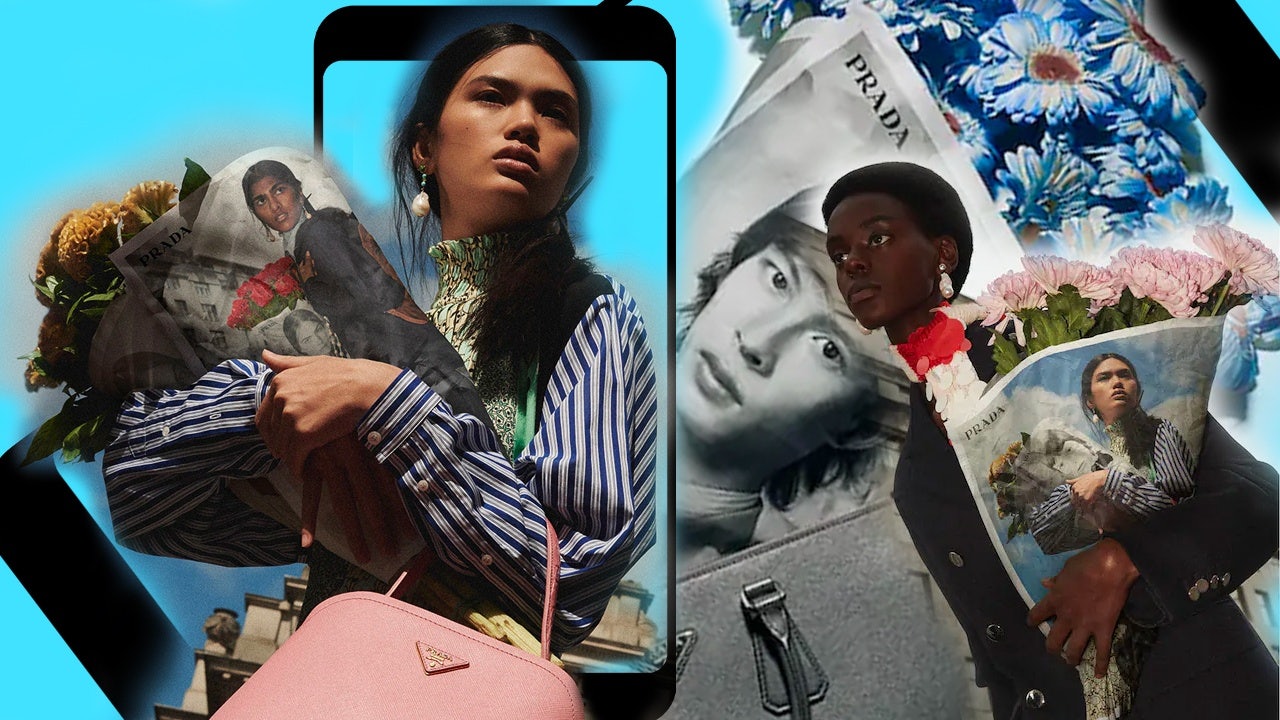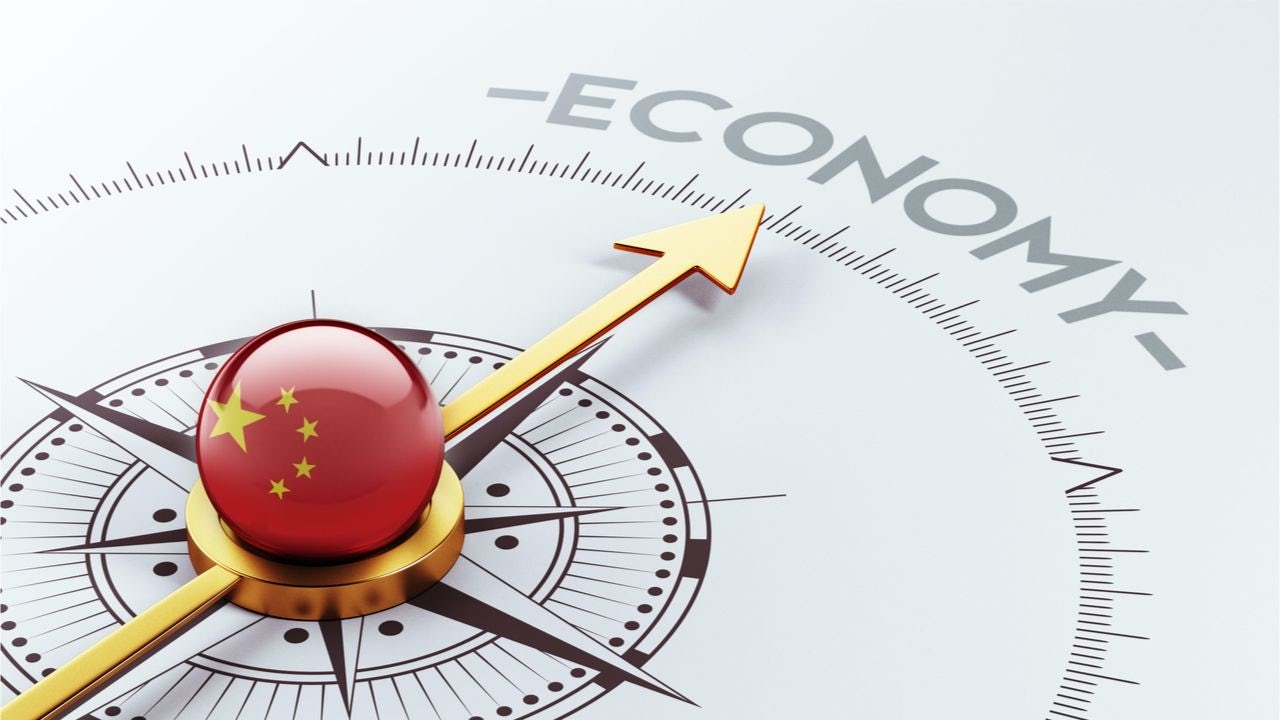The Luxe Decade is a weekly column exploring the major forces and trends set to reshape luxury over the next ten years, with a focus on the expansion and power of Chinese consumption.
Key Takeaways:#
- Consumers have been buying less but buying better. Bigger brands will benefit from a setup that favors a “winner takes all” reality.
- So-called “signature” products, such as handbags with obvious logos, are outperforming more understated brand offerings.
- Currently, the luxury industry in China is all about recruiting — welcoming new consumers to the base of the luxury pyramid, not repeat purchases.
- Chinese consumers will likely soon be putting as much importance as Western consumers on environmental, social, and governance issues. Brands will need to show what they are made of with their approach around these topics.
With so many societal changes going on in the world, it’s getting harder to believe in blind, senseless consumerism. Given the ongoing COVID-19 pandemic and the ensuing economic contraction, more and more consumers are gradually shifting from products to purpose. Even as the business of luxury shows swift signs of a rebound, luxury brands need to prepare now for the next challenge — environmental, social and governance issues — which can no longer simply be a tick box exercise.
Today, luxury consumers are buying their place in society and from China to the US, so-called “signature” products, such as handbags with obvious logos, are outperforming more understated brand offerings. As the world reopens, the media has talked about “revenge spending” in mainland China, but there has been obvious signs of pent-up demand in the US as well. As fear subsides, brand managers are pointing to a “survival trade” in the US as consumers — not having spent much on travel, expensive hotels, or fancy restaurants and seeing equity markets do well and the value of their secondary homes go up — are feeling it’s time to reward themselves once again. In China, however, the rebound has been even swifter, as repatriation of growth kicked in given that international travel has come to a halt. This increase in consumer confidence has also come with a greater perception of stability, as some Chinese friends recently mentioned that COVID-19 is now just a vague negative souvenir.
During this period, consumers have been buying less but buying better, and the bigger brands will benefit from a setup that favors a “winner takes all” reality. But winners can’t just be about scale, as consumers are also looking for values, not just logos. While Chinese consumers are currently focused on the latest and greatest, I believe they will also start asking more questions like their Western peers. One reason is that Chinese luxury consumers likely think of themselves more as cosmopolitan, traveled, sophisticated consumers and relate to the Parisian, the New Yorker, the Tokyoite rather than comparing themselves to other Chinese nationals. This will mean that if certain values are relevant in the West (environmental, social, societal), they could also gain relevance in China.
Another fundamental reason is that currently the luxury industry in China is all about recruiting — welcoming new consumers to the base of the luxury pyramid, not repeat purchases. When you are a first-time purchaser, the brand is paramount as you are buying for others to fit in. When you are a repeat purchaser, however, you will gradually start thinking about what benefits you seek for yourself. I keep on hearing that Asian consumers have a more limited interest in sustainability, circularity, and secondhand when it comes to luxury. There is some truth to this. Most consumers in Asia are first-time purchasers and thus have other priorities. But the tough questions Western consumers are asking now, all consumers will ask tomorrow.
Luxury’s mission is to define the cultural zeitgeist. What exactly does that mean in a post-COVID world? Well, for the past six months, it’s been difficult to push products and classic ad campaigns online. But did you see how many companies talked about repurposing production sites to produce hand sanitizers or PPE during the height of the crisis, or even went further, such as Moncler who financed the building of a hospital in Milan.
In a time of crisis, who wants to come across as a bad corporate citizen with a “take the money and run” attitude? Many luxury brands took the opportunity to give back, be a part of the community, and tell citizens around the world: “We get it. We understand what you are going through.” In China, the cultural zeitgeist has been very different. The country moved on very rapidly from the crisis, and the focus for luxury brands reverted quickly to a celebration of success. What’s next though should have American, European, and Chinese consumers all react in a similar manner.
Graeme MacKay, a brilliant cartoonist, published a pandemic-related image in May called the Third Wave. It shows that after a small COVID-19 wave, a bigger “recession” wave will hit, followed by a much larger “climate change” third wave. In other words, if you thought COVID-19 was the worst you would have to live through, brace yourself, you’ve got another thing coming. Environmental, social, and governance issues are the next issues for which brands will have to show what they are made of. And sure, product designs will have to be cool, but to gain the trust of consumers for the long term, luxury brands will have to display strong values, a sense of community, and a real purpose. Not just a pretty face.
Erwan Rambourg has been a top-ranked analyst covering the luxury and sporting goods sectors. After eight years as a marketing manager in the luxury industry, notably for LVMH and Richemont, he is now a managing director and global head of consumer & retail equity research. He is also the author of Future Luxe: What’s Ahead for the Business of Luxury (2020) and The Bling Dynasty: Why the Reign of Chinese Luxury Shoppers Has Only Just Begun (2014).

